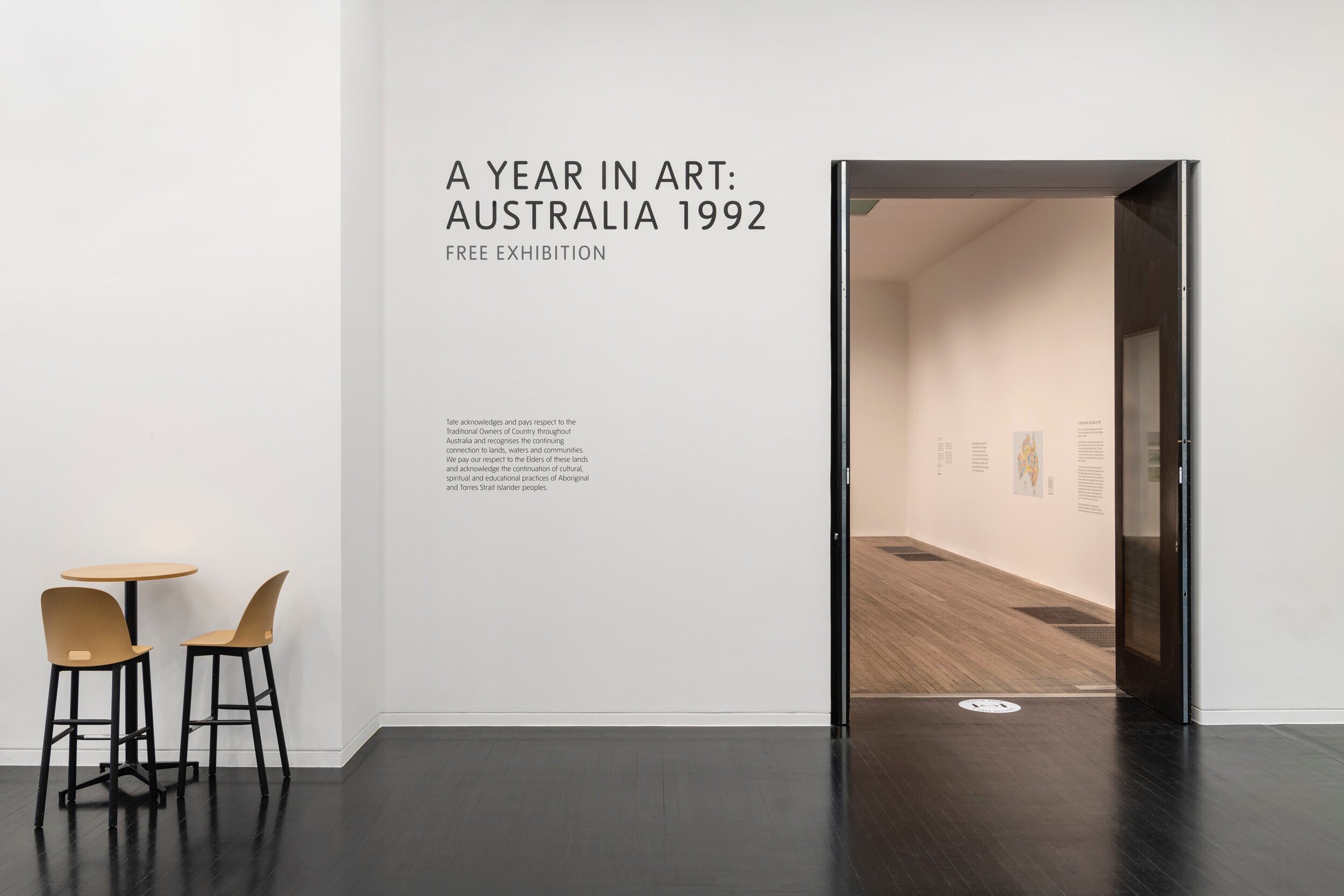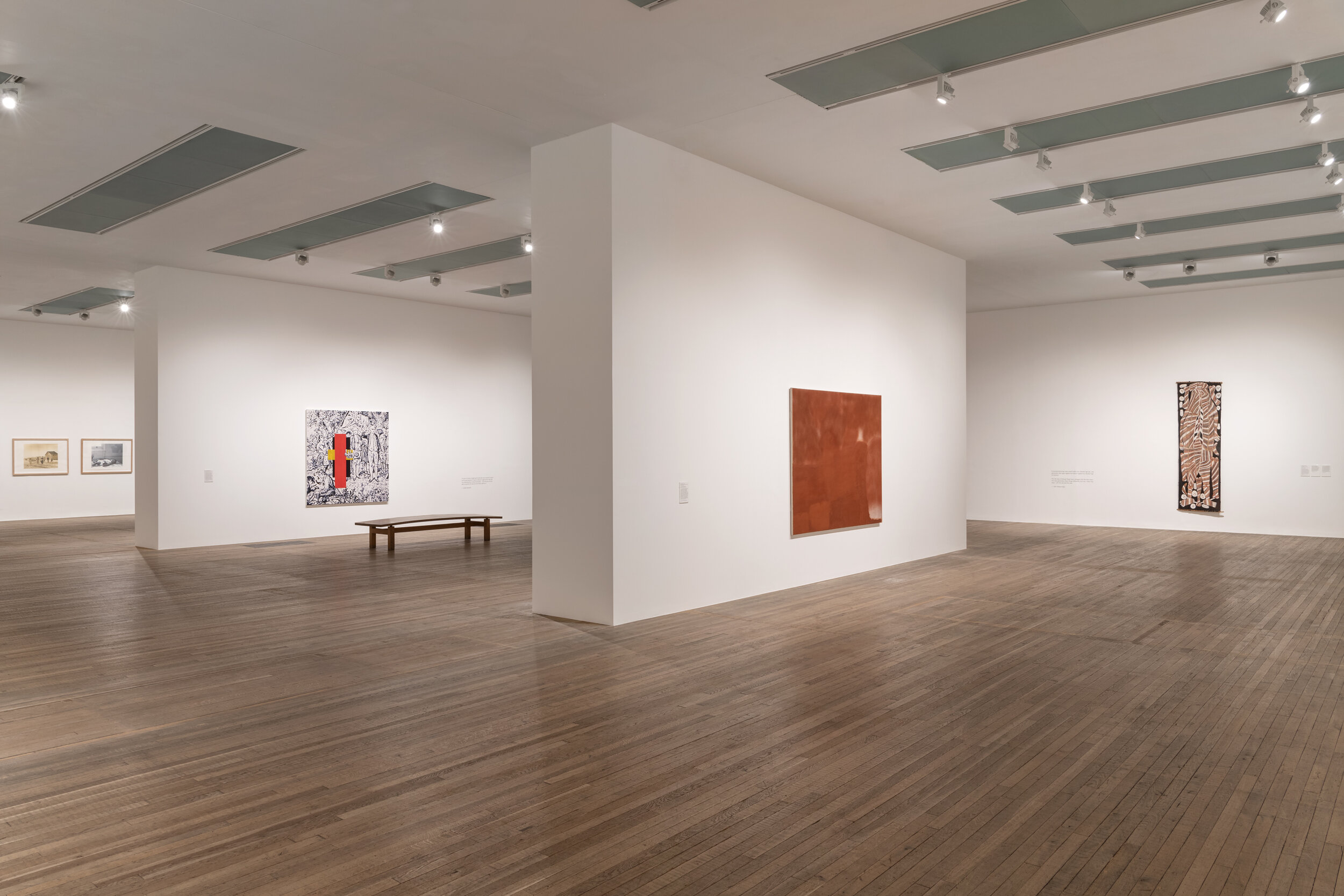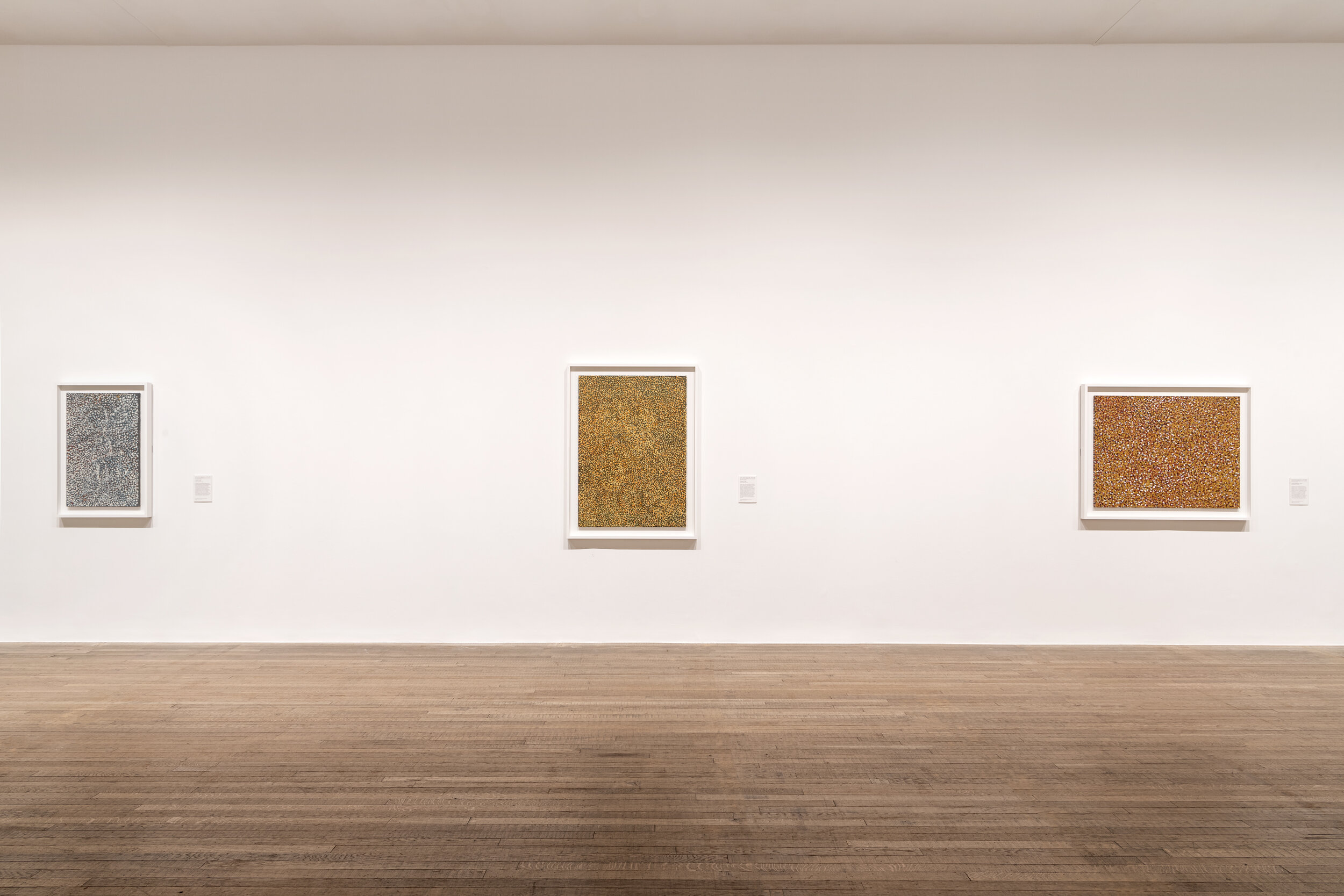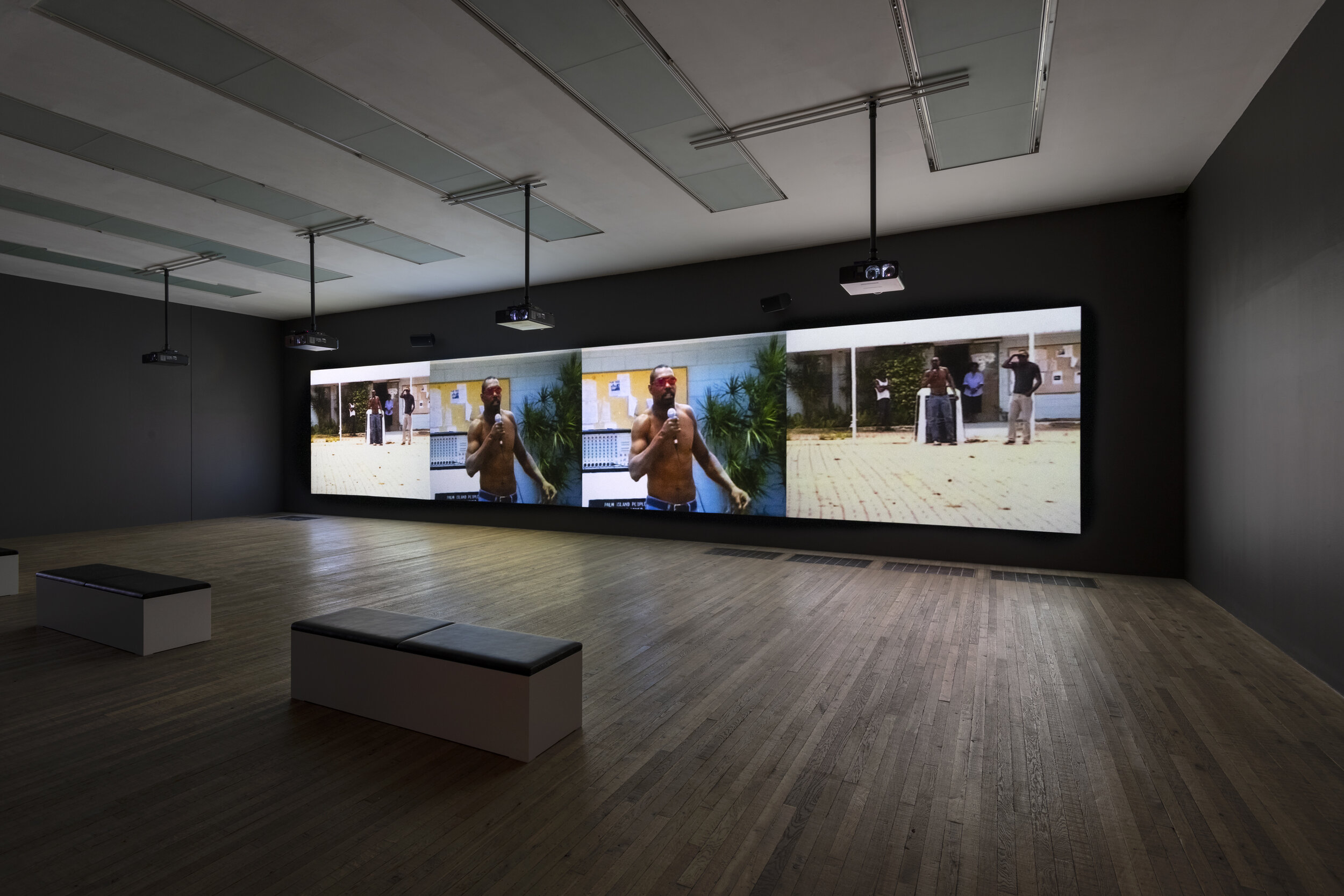Sparse yet strong: Tate Modern’s ‘A Year in Art: Australia 1992’
/London’s Tate Modern threw open its doors in mid-May 2021 to culturally deprived crowds. The winter lockdown of 2021 was long and grim. In a world of newly opened exhibitions, none was more anticipated by Australians stranded far from home than ‘A Year in Art: Australia 1992’, unveiled 8 June.
In 2015 Tate and the Museum of Contemporary Art Australia established the International Joint Acquisition Program (IJAP). An AU$2.75 million corporate gift from Qantas made the five-year program possible, and was established to grow the global reception of Australian art. Nine of the 26 works on display derive from the IJAP.
In 1992 the High Court of Australia overturned the ‘terra nullius’ doctrine in favour of Eddie Mabo and his co-plaintiffs. Works in the exhibition orbit around Mabo’s pioneering land rights case. Highlighting Australian art before and after 1992, the exhibition seeks ‘to examine debates around land rights and the ongoing legacies of colonialism’. Selected works by artists such as Gordon Bennett, Bonita Ely, Emily Kame Kngwarreye and Tracey Moffatt are strong and indicative of Australia’s vibrant visual art scene.
Dale Harding’s The Leap/Watershed (2017) is particularly striking. The artist uses ochre pigments and acrylic paint to tell the story of around 200 Indigenous Australians who, in 1867, jumped off a cliff in the Mackay region to escape capture by the Queensland Native Police Force. Standing in front of Harding’s piece, audiences can hear native birds calling out from Ely’s Jabiluka UO2 (1979) installation in another room. The birdsong further evokes the tragic scene Harding paints. His emotional work sits opposite captivating pieces by Kngwarreye that also tell stories of the land. Tightly positioned dots over linear strokes represent animals, vegetation and landscapes that characterise Anmatyerre creation stories.
Despite displaying a strong suite of works, the physical display of the exhibition is somewhat sparse and thin. Vernon Ah Kee’s video installation tall man (2010) is buffered by two empty rooms. The exhibition’s introductory space is similarly spare with small images and spread-out wall texts. The result is a feeling of missed opportunity to create visual connections between artists, regions and stories. However, where the exhibition lacks in display, it makes up for in the frankness of its explanatory texts and wall labels that acknowledge the trauma of history both past and present.
Claire Dalgleish, London
Curated by Sook-Kyung Lee, Valentina Ravaglia and Tamsin Hong, ‘A Year in Art: Australia 1992’ is on view at London’s Tate Modern until (European) Spring 2022.






















